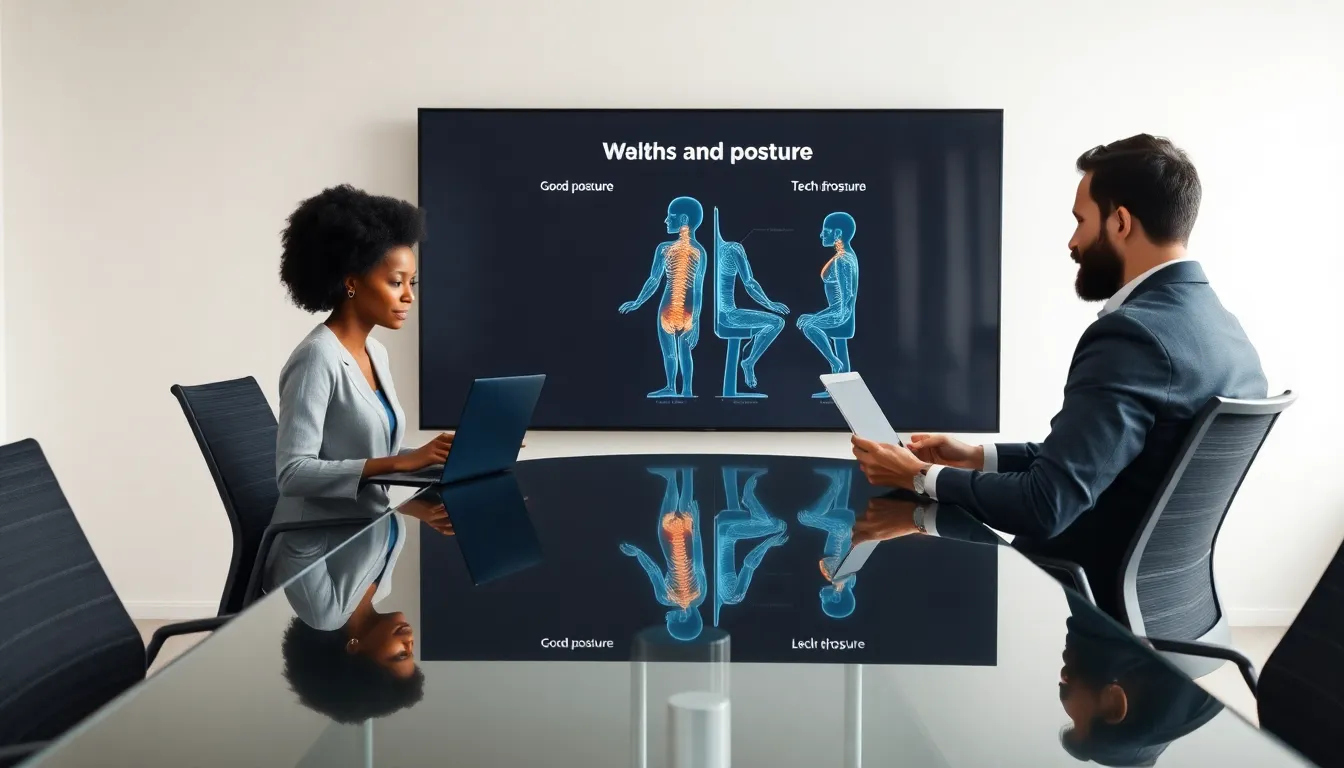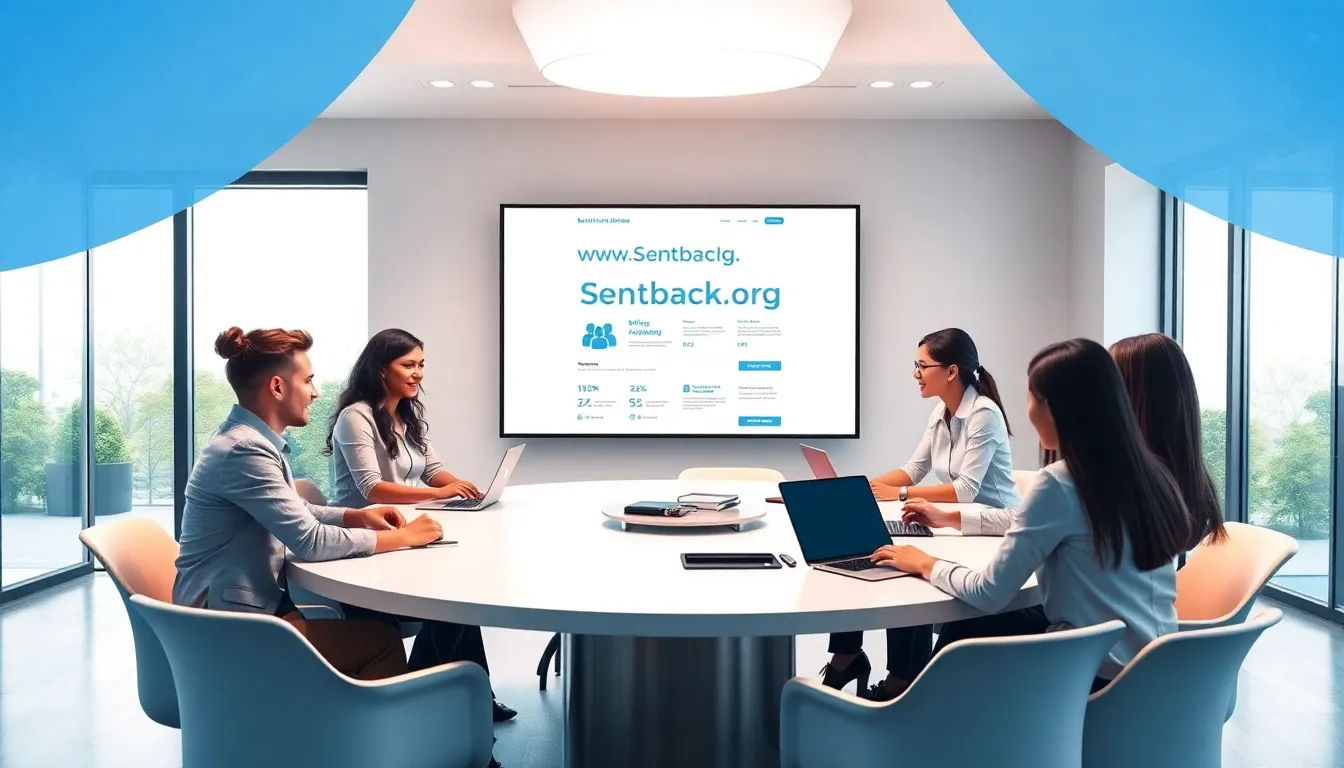
how to help tech neck
In a world dominated by screens, tech neck is the new epidemic that’s got everyone craning their necks in both literal and figurative ways. It’s almost as if our smartphones and computers are playing a game of ‘who can ruin your posture first.’ But fear not. Understanding how to help tech neck can not only restore the alignment of your spine but also improve your overall well-being. Ready to regain that proper posture and say goodbye to neck pain? Let’s immerse.
how to help tech neck

Tech neck is the informal term for the strain on the neck that often results from prolonged use of technology. It typically arises when someone is leaning forward or straining their neck down to look at a screen. Let’s break down what causes this annoying discomfort:
- Poor Posture: Slouching while using devices is a common culprit. Many find themselves unknowingly leaning over their phones or laptops for hours, leading to muscle fatigue.
- Prolonged Screen Time: As hearts race with excitement over the latest binge-worthy series or smartphone notifications, attention drifts from optimizing posture.
- Weak Muscles: Weak neck and shoulder muscles can exacerbate the problem, making it harder to hold the head in a neutral position.
Some symptoms of tech neck include:
- Persistent neck pain
- Stiffness
- Headaches
- Shoulder pain
Understanding these factors is crucial to combating tech neck effectively.
Posture Correction Techniques
When it comes to reversing tech neck, posture correction is often your first line of defense. Here are some practical techniques to help:
Mind Your Posture
Encouraging an upright position can do wonders. Keep the back straight, shoulders relaxed, and ears aligned with the shoulders. A little reminder can go a long way.
Chin Tucks
To realign your cervical spine, try chin tucks. This involves gently tucking the chin into the neck. Holding it for a few seconds, twelve times in a row, can help re-engage those neck muscles.
Use Supportive Pillows
Choosing the right pillow for sleeping can aid in maintaining a neutral neck position throughout the night. A good mix of comfort and support can make all the difference.
Stretching and Strengthening Exercises
Incorporating a mix of stretching and strengthening exercises into daily routines can be a game-changer when it comes to tech neck. Here are some that target the neck and upper back specifically:
Neck Stretches
Gently tilting the head side to side can elongate the neck muscles. Hold the tilt for about 15 to 30 seconds to feel a nice stretch.
Shoulder Shrugs
This simple exercise helps release tension in the shoulders. Raise them to the ears and then drop them back down. Repeat this ten times for maximum effect.
Resistance Band Exercises
Using a resistance band may strengthen those shoulder muscles, providing better support for your neck in the long run. It’s about time to put the band back together.
Ergonomic Workstation Setup
Creating an ergonomic workstation can help enormously in preventing tech neck. Here’s how to optimize it:
Monitor Placement
The top of the monitor should be at eye level, ensuring the user doesn’t have to look down. Ideally, if the computer screen is at least an arm’s length away, it can help maintain a more neutral neck position.
Chair Selection
Investing in a chair designed for support is crucial. Sam likes those with adjustable heights and good lumbar support. Sitting comfortably encourages better posture.
Keyboard and Mouse Position
Positioning the keyboard and mouse close to the body minimizes the reach and keeps the upper body aligned. Every tiny adjustment counts.
Lifestyle Changes to Prevent Tech Neck
Making simple lifestyle adjustments can also play a significant role in preventing tech neck:
Take Frequent Breaks
Encourage a policy of taking a break every hour or so. A quick stretch or even a walk around the room can help reset the body and keep muscles engaged.
Limit Screen Time
Being mindful of how much time is spent on technology can make a difference. Consider setting aside screen-free hours, especially before bedtime. Sure, it’s tough, but the neck will thank you later.
Stay Active
Regular exercise strengthens all muscles, including those supporting the neck. Incorporating daily activity as simple as walking can alleviate tension.
When to Seek Professional Help
Although many can manage tech neck on their own, some situations call for professional advice. Here’s when to consider seeking help:
Persistent Pain
If neck pain lingers beyond a few weeks, it might be wise to consult a healthcare professional. Ignoring the signs can lead to further complications.
Reduced Mobility
Difficulties in moving the neck often indicate a possible underlying issue. If you notice that turning your head has become a task, don’t hesitate to book an appointment.
Symptoms of Nerve Issues
When tingling, numbness, or shooting pains occur, it could signify nerve involvement. Professional evaluation will help clarify the situation.












